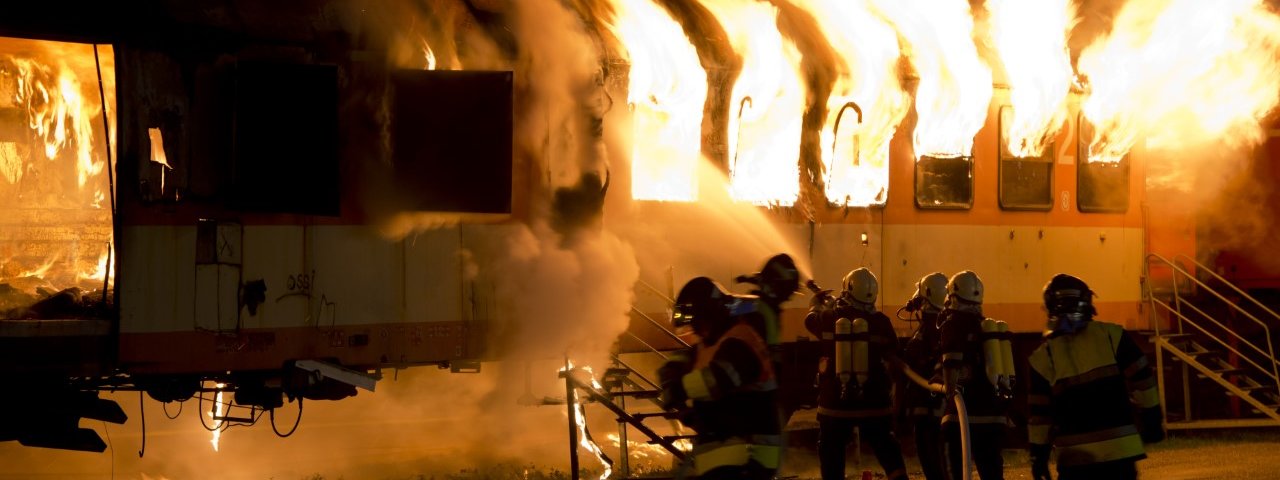Safer railway system through new incident and accident investigation methodology
Rail freight and passenger transport is expected to continue to grow. This poses risks to the safety of rail workers, passengers and people living near railways. To prevent accidents and incidents, a well-functioning safety management system is essential. Bart Accou, TU Delft PhD student and Head of Safety & Operations at the European Union Agency for Railways, developed a new method to investigate incidents and accidents in a structured way: SAfety FRactal ANalysis (SAFRAN).
'Too often an accident investigation stops at just establishing what happened, without analysing in depth how an organisation can prevent it from happening in the future. Important factors including design and planning decisions contributing to accidents are often overlooked. The SAFRAN method allows an in-depth analysis of safety management. The safety management system, which includes procedures for railway staff and passenger safety on the track, can then be adjusted and improved,' Accou says.
Gap
Accou has been working in the railway industry for his entire professional career and found that there was (and often still is) a big gap between the concept of a safety management system, and the daily practice of operational staff and managers. 'They are not always aware of why procedures should be carried out and what hazards they prevent. I wanted to explore how to bridge that gap.' That led to this new methodology for analysing incidents and accidents.
Investigating more deeply
According to Accou, accident investigators can be better supported in bringing their investigations to a deeper level by repeatedly asking the same simple questions within different processes relevant to the accident within the organisation. The SAFRAN method is a good tool for doing so. Accou: 'The basis is formed by a Safety Fractal, which represents a five-step implementation system for safety management that can be applied at all levels in an organisation. These steps are: Specify, Implement, Perform, Verify and Adapt. Following these steps in a systemic manner helps to increase safety and sustainability for high-risk activities.
Safety vision is a necessity
The most surprising moment during the project for Accou, was when he came to the realisation that without an explicit vision around safety (and how to organise it), implementing a safety management system can also have a negative and hindering effect: 'What major safety risks do you want to prevent? How do you know which potentially dangerous situations your operational staff faces on a daily basis? How can you as an organisation learn from this to organise your work in such a way that you can continue to perform sustainably and safely? All these questions seem obvious, but are rarely if ever explicitly addressed in practice. What exactly that right safety strategy should be and whether it can be the same in all circumstances certainly deserves further research.'
SAFRAN training
The European Union Agency for Railways, is now planning to organise training courses that teach the SAFRAN method as a useful addition to the already existing toolkit of accident investigators, so that they also learn to analyse the safety management system in depth in a structured way. 'Ultimately, this should lead to better recognition of risks and prevention of accidents, but also to better understanding and accepting safety management responsibilities by managers themselves. There is also a good chance that some of the ideas from the project will end up, implicitly or explicitly, in future European railway legislation, especially around accident and incident reporting. That would be a great result,' Accou concludes.
Bart Accou defends his thesis on Thursday 6 July.
